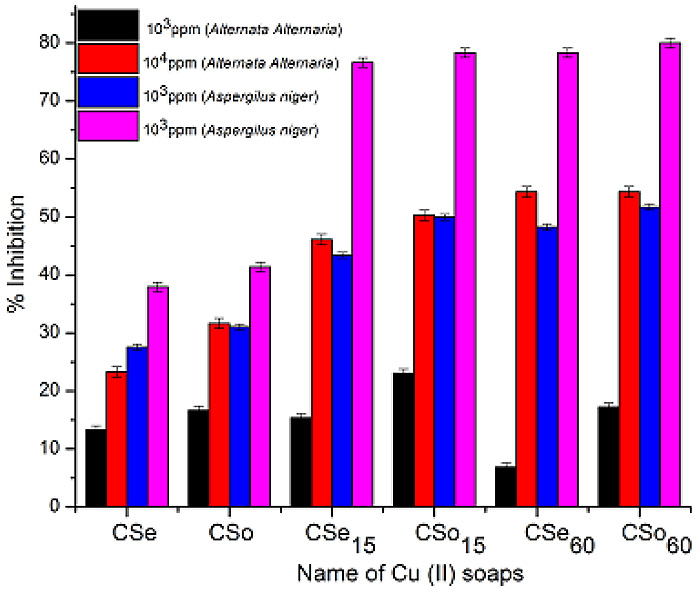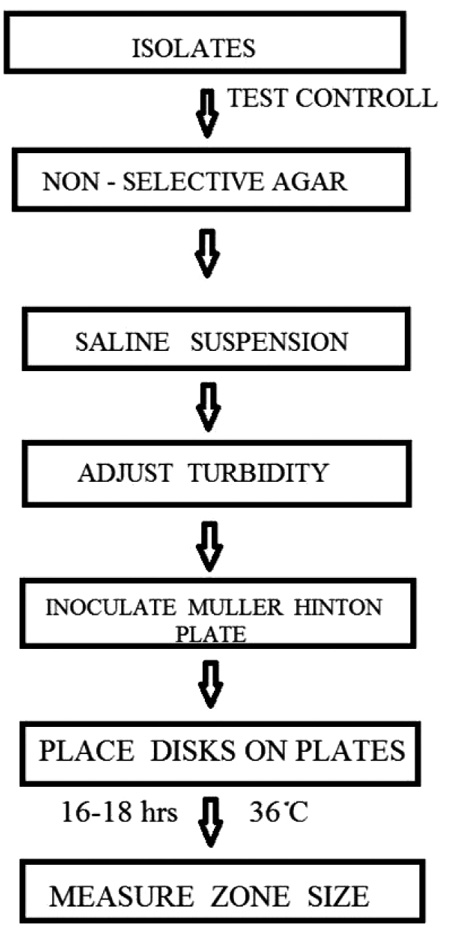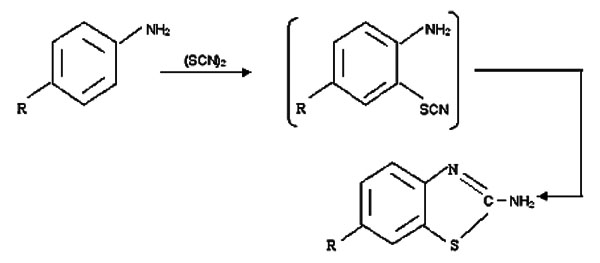Peer Review Workflow
Evaluation of manuscripts is carried out by the journal’s Editors and the invited external peer reviewers according to the following procedures.
The editorial process and peer-review workflow for each journal are taken care of by a team of Senior Editors, Editorial Board Members (EABMs) who have expertise in their specific fields and the publication managers. Bentham follows a single blind peer review process. The services of Senior Editors and Editorial Board Members are sought through invitations to organize and conduct the peer-review of a submitted manuscript, keeping in view the scope of the manuscript and the expertise of Editors. Manuscripts are forwarded for evaluation to Editors initially and then subsequently to independent external reviewers to check if the research work presented in the manuscript:
- falls within the scope of the journal and
- meets the editorial criteria of Bentham Science Publishers in terms of originality and quality.
Editors may recommend the acceptance or rejection of a manuscript by conducting the peer review themselves, based on their own knowledge and experience, or they may take assistance and advice from other experts in the field.
After review of the manuscript by at least two independent experts, in addition to the views of the Editors, the decision is relayed to the authors, which may be categorized as:
- Accept without changes
- Revisions Required
- Reject
Selection of Reviewers
The Editor-in-Chief (EiC) and Senior Editors of a journal together with the publication manager have the right to select reviewers for a particular manuscript considering the knowledge and experience of the reviewers.
Before sending the manuscripts to a reviewer, Bentham Science seeks consent from potential reviewers about their availability and willingness to carry out a review. The correspondence between the editorial office of the journal and reviewers is kept strictly confidential. The author does not know who has conducted the review on his or her manuscript (except in the case when the author and the reviewer have accepted to the “Open Reviewer Option”, in which case this information becomes available to the public after publication).
Purpose of A Review
A review report provides the Editor-in-Chief/Senior Editor with an expert opinion on the quality of the manuscript under consideration. It also supplies authors with explicit feedback on how to improve their papers to make them acceptable for publication in the journal. Although confidential comments to the editors are not relayed to authors, any remarks that may help improve the quality of the manuscript are forwarded to the authors for their consideration. A good review report answers the following important areas:
- Is the work novel and of high standards?
- What are the main findings of the paper? Is relevant work of other authors in the field appropriately acknowledged and references given to the previous literature?
- Do the experimental data support the declarations? If not, what other evidence may prove fruitful?
- What kind of readers would benefit from the manuscript and why?
- In what further directions would it be feasible to take the current research?
Important Points to Consider
Reviewers are expected to provide advice on the following points in their review reports:
- Is the manuscript written comprehensively enough to be understandable? If not, how could it be improved?
- Have adequate proofs been provided for the declarations?
- Have the authors addressed the previous findings fairly?
- Does the paper offer enough details of its methodology to reproduce the experiments?
- Bentham Science encourages authors to publish detailed protocols as supporting information online. Do any particular methods used in the manuscript warrant such a protocol?
Privacy Statement
The peer-review of a manuscript is a confidential process. Reviewers should keep the whole process completely confidential. They should consult the EiC/Senior Editor and obtain permission before consulting another colleague for help in the peer-review of the submitted manuscript.
Reviewers should not disclose any information whatsoever to anyone before publication of the manuscript.
Prompt Review
The reviewers are expected to provide their reports in a timely fashion since a prompt review leads to the timely publication of a manuscript which is beneficial not only for the authors but for the scientific community as well.
Changes in Review Reports
The Editorial staff relays the comments of the reviewers on behalf of the Editor-in-Chief/Handling Editor. The review reports are edited by Editor-in-Chief/Handling Editor if the comments contain confidential information or these are written in a language not suitable for scholarly communication. Reviewers should include such comments in the confidential section of the review form, which is intended to be read by the editors only.
Conflict of Interest
Bentham Science respects requests not to have the manuscripts peer-reviewed by those experts who may have a competing interest with the author(s) of a submitted manuscript. It is not possible for Editors to be aware of all competing interests; we therefore expect that reviewers would inform the Editor-in-Chief/Handling Editor/ Publication Manager if they notice any potential competing interest during the course of review of a manuscript. Moreover, the reviewers are expected to inform the Editors or editorial office of the journal if they have a conflict of interest in carrying out a review of a manuscript submitted by any author/contributor of the manuscript.
Types of Peer Review
Peer review is the most important activity of the publication process. Bentham Open follows single-blind and Open peer review procedures for submissions of all manuscripts to its journals.
Single-Blind Review:
In Single-Blind review, the reviewers’ names are not disclosed to the author but the reviewers are aware of the identity of the author(s).
Open Review:
In the Open Review model the referee’s report may be published together with the article if both the authors and the referees agree. The identity of the referee may or may not be revealed, according the option of the referee.
Authors may opt for “Open Peer-Review”, which highlights the review process undertaken to publish the research. Optional Open Peer-Review entails publication of all reviewers’ assessments as well as the approval of the Editor on the manuscript together with the article. The reviewers may or may not choose to sign their assessment form and identify themselves in the published reports. The names of the reviewers will be disclosed only if they agree to reveal their identities. The final decision of whether we publish the review or not lies with the Editor and Publisher.













